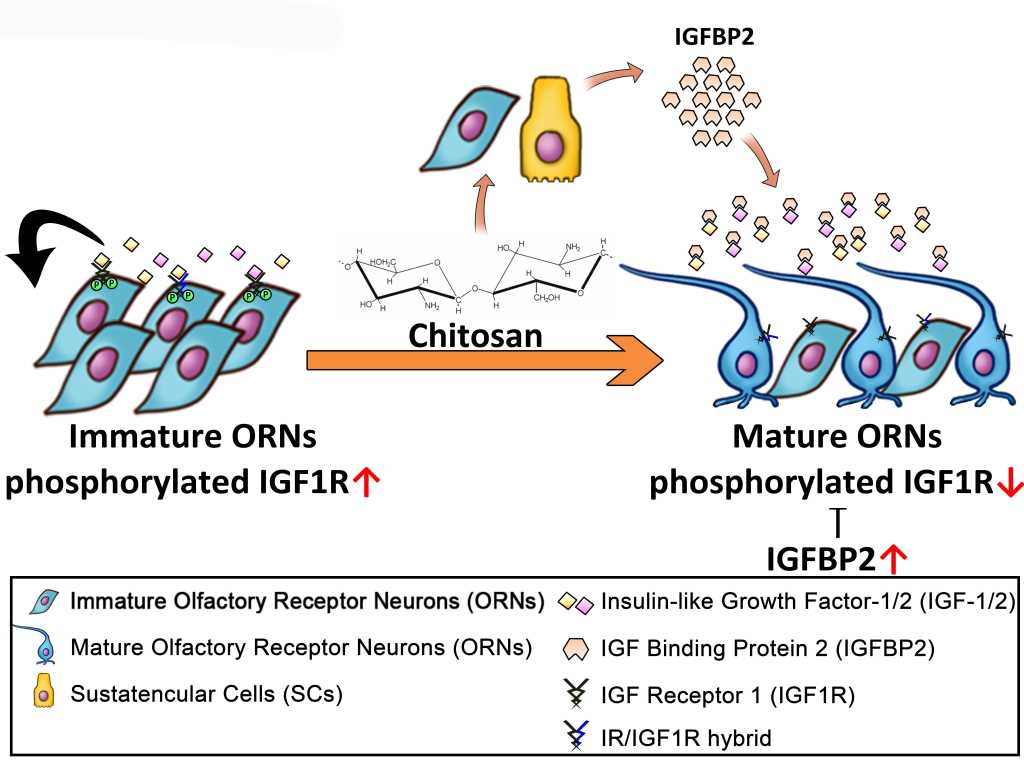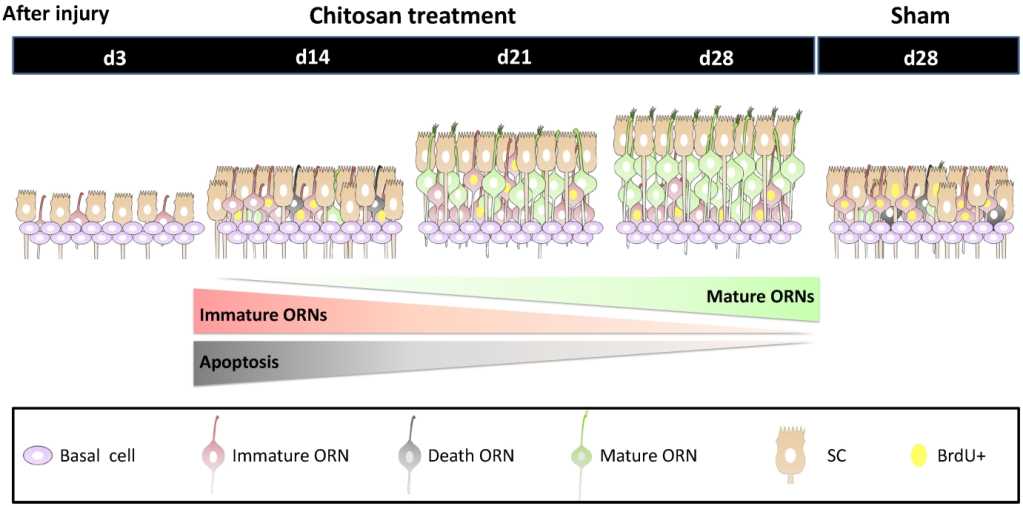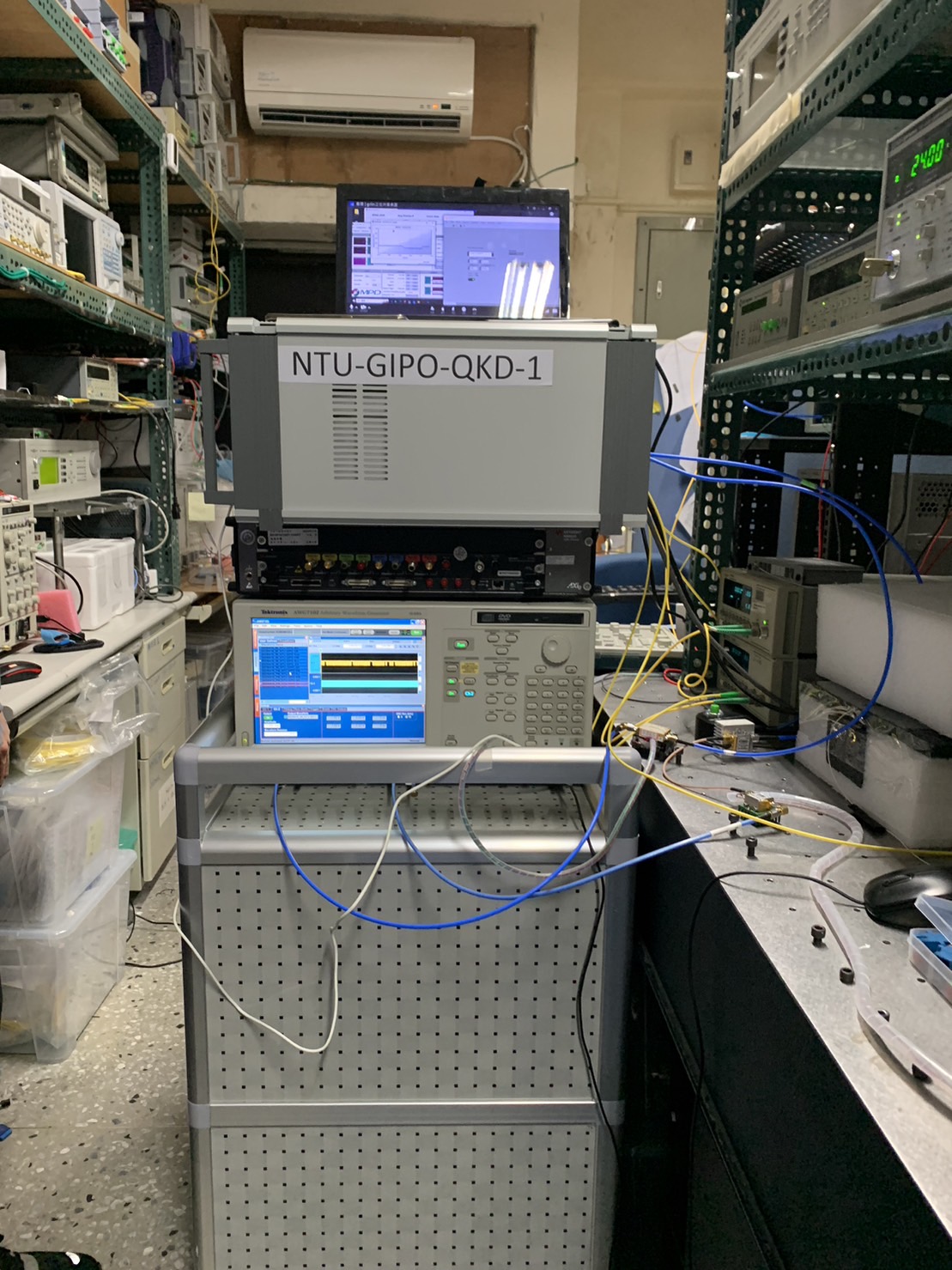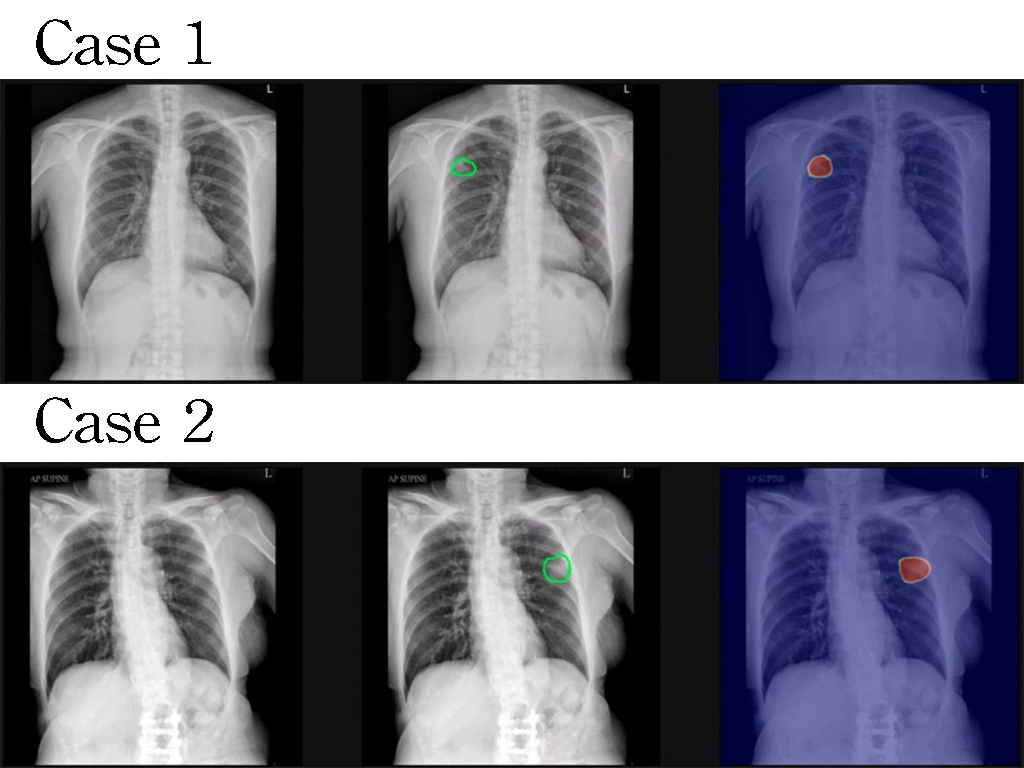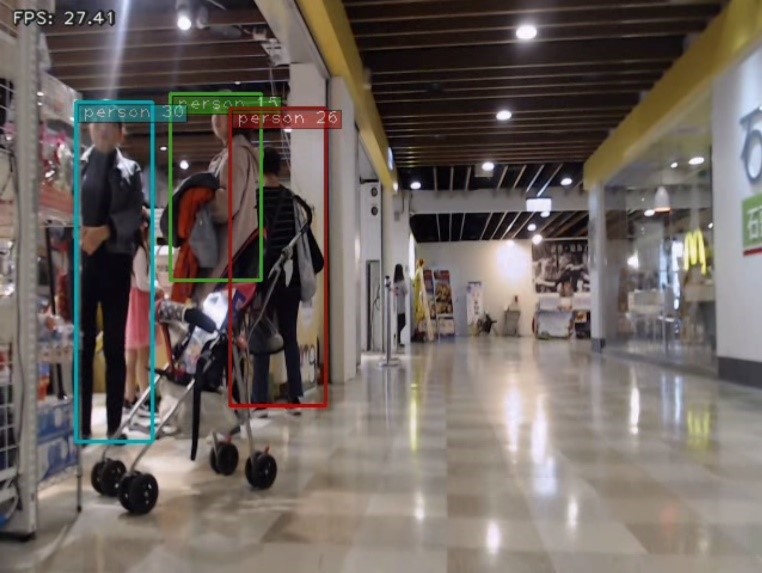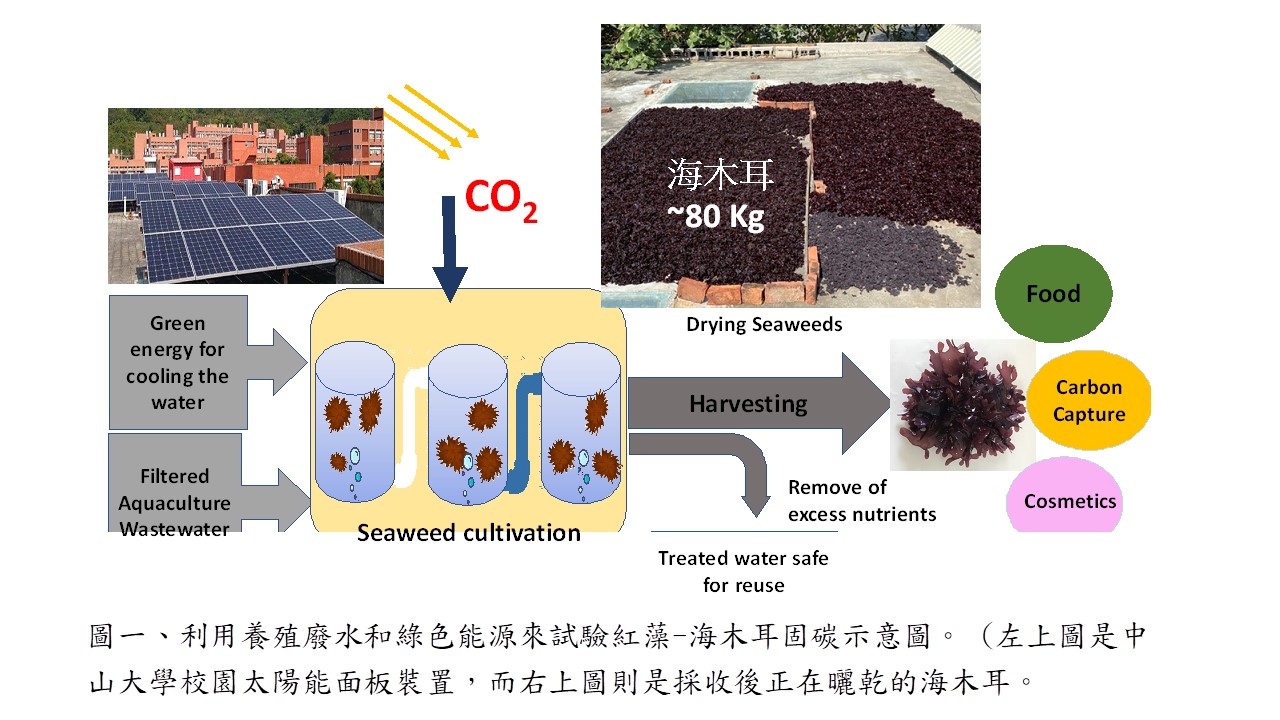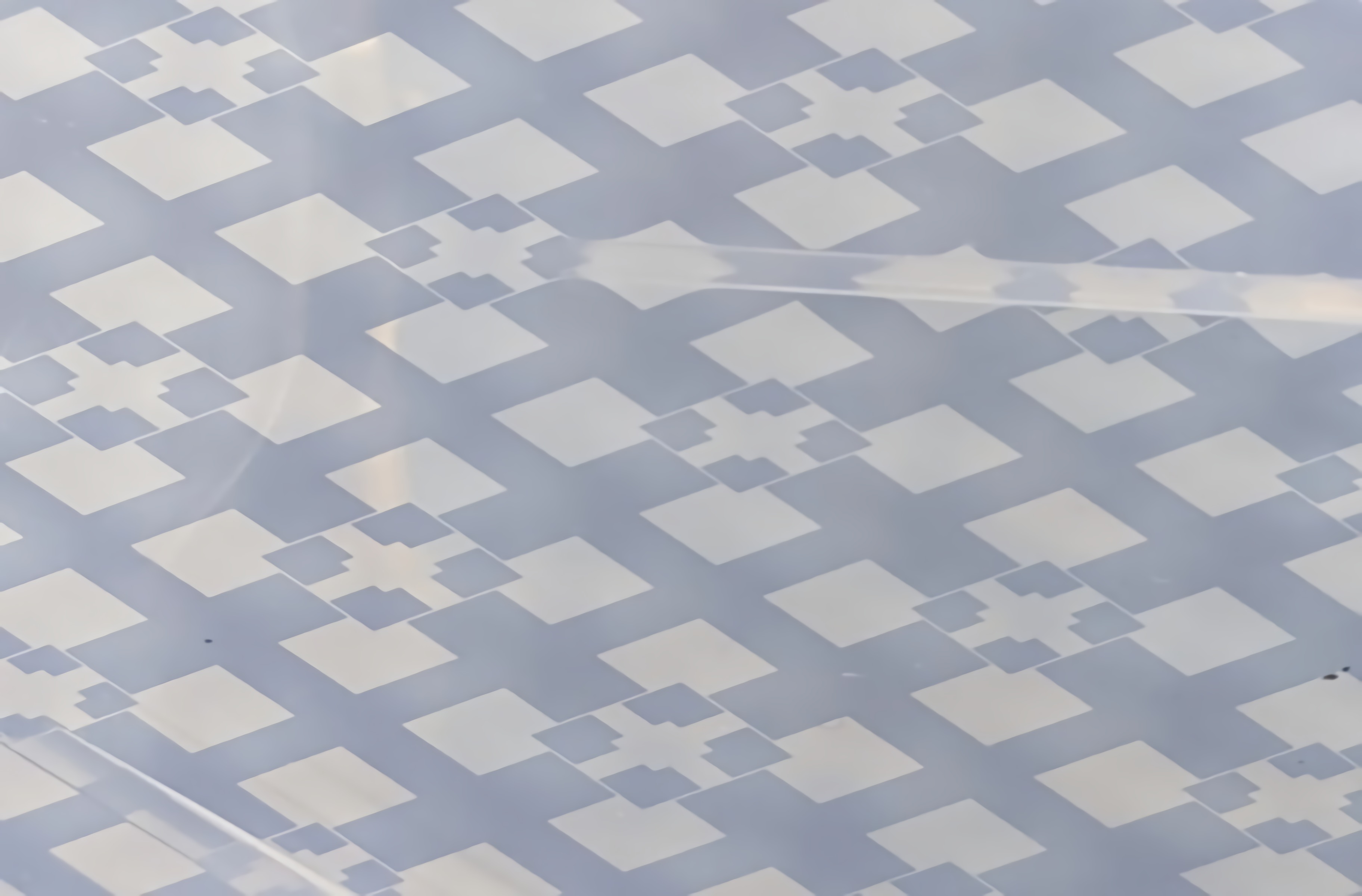| Technical Name | 以幾丁聚醣鼻噴劑促進嗅覺神經上皮再生治療嗅覺失常 | ||
|---|---|---|---|
| Project Operator | Far Eastern Memorial Hospital | ||
| Project Host | 黃琮瑋 | ||
| Summary | The prevalence of olfactory dysfunction increases significantly in recent years. More than 35 patients with COVID-19 have sequelae of olfactory dysfunction after recovery. However, there are no effective treatments for sensorineural olfactory dysfunction to date. This is the first report demonstrates that chitosan can promote differentiation of olfactory receptor neuronsregenerate olfactory neuroepithelium. Further intranasal administration of chitosan will be developed for treating olfactory dysfunction. |
||
| Technical Film | |||
| Scientific Breakthrough | This is the first report that chitosan can promote differentiationmaturation of olfactory receptor neurons. The regulatory pathway of chitosan-mediated differentiation of human olfactory receptor neurons is through increasing insulin-like growth factor binding protein 2 to sequestrate the insulin-like growth factor-type 1 receptor signaling, which inhibits maturation of olfactory receptor neurons. Further in vivo study shows that intranasal administration of chitosan regenerates olfactory neuroepithelium in the anosmic ratimproves its olfaction. |
||
| Industrial Applicability | Olfactory dysfunction significantly influences patients’ life quality. Several careers need sensitive olfaction during the work. The market scale of treating olfactory dysfunction increases significantly in recent years. However, there are no effective treatment for sensorineural olfactory loss to date. Chitosan promotes the differentiation of olfactory receptor neurons,has excellent mucoadhesive property. Intranasal chitosan is a promising agent to treat olfactory dysfunction. |
||
| Matching Needs | 天使投資人、策略合作夥伴 |
||
| Keyword | COVID-19 Olfactory dysfunction anosmia chitosan nasal spray olfactory regeneration hyposmia | ||
- huangtw28@gmail.com
other people also saw

The development of bioconcrete with photocatalytic, hydrophobic, antivi ral and antibacterial functions using microbial induced precipitation





